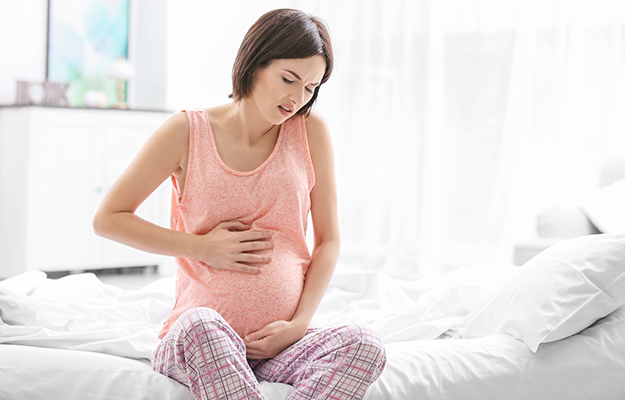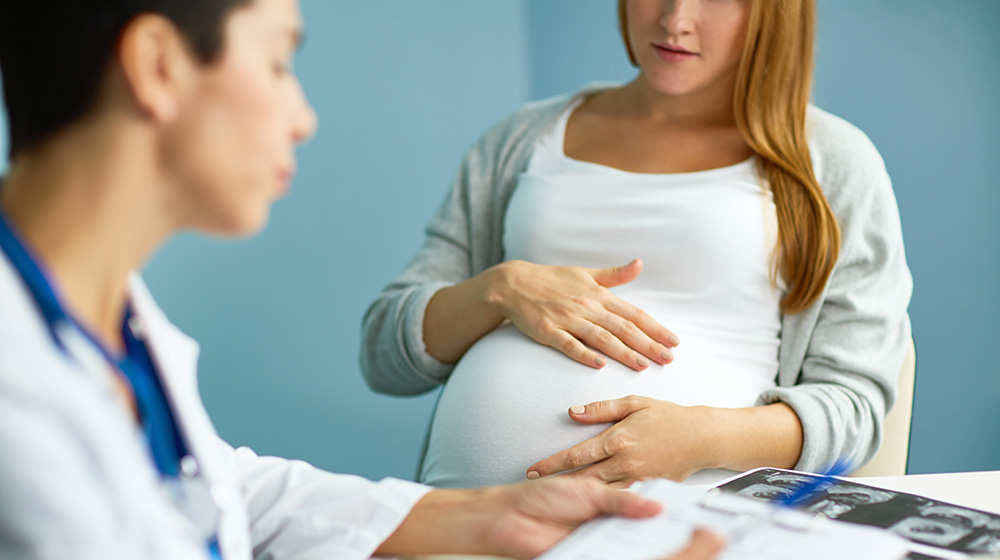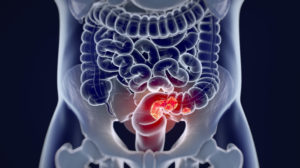A recent study found fertility linked to biological age. We take a closer look at the findings and possible implications.
RELATED: The 6 Best Ways To Disturb Patterns of Methylation
In this article:
- Background and Study Overview
- Study Findings: Fertility Linked to Biological Age
- Implications and Conclusion
Background and Study Overview

Between 9% and 24% of patients undergoing ovarian stimulation for in vitro fertilization (IVF) have an inadequate ovarian response (POR). It’s a common clinical challenge, leaving both fertility experts and patients frustrated.
While this branch of medicine has come a long way over the last 40 years, there is still a lot we don’t understand. Some of the recognized causes of POR include:
- Toxic, autoimmune, and infectious diseases
- Metabolic diseases
- Genetic and chromosomal alterations
- Advanced endometriosis
- Age-related reduction of ovarian follicles
Age plays a vital role in fertility. For instance, a 15-year follow-up of POR patients reported the birth rate decreased from 22% for women younger than 30 years to 18.3% for women aged 31–34 years.
In a recent prospective study, researchers took a closer look at fertility linked to biological age. More specifically, they investigated the relationship between chronologic age, predicted age, and ovarian response based on DNA methylation levels in white blood cells (WBC) and cumulus cells (CC).
DNA methylation levels accurately predict biological age in many studies. Additionally, most human tissue follows predictable DNA methylation patterns, which one can assess at any point in a life cycle.
Notably, Horvath’s DNA methylation-derived age prediction model has unique properties that enable one to compare ages of distinct body parts using the same clock. For this reason, it may serve as the most informative biomarkers of aging within various tissues.
The study collected samples from 175 women undergoing ovarian stimulation. Researchers grouped women according to ovarian stimulation response; poor responders were those with less than five oocytes retrieved, and good responders with more than five oocytes retrieved. Additionally, the team included participants with polycystic ovary syndrome (PCOS) in the group that responded well to ovarian stimulation.
RELATED: Study Shows The Older A Person Is When They Give Birth, The Older They May Live
Study Findings: Fertility Linked to Biological Age

DNA methylation patterns based on Horvath’s epigenetic clock for white blood cells (WBC) samples related to chronological age. However, the predicted age for cumulus cells (CC) was younger.
Most importantly, the analysis of a subgroup revealed fertility linked to biological aging. In young women under the age of 38, there was a correlation between suboptimal ovarian response and accelerated epigenetic age within WBC samples.
On the other hand, the ovarian response didn’t affect the predicted age based on CC samples. So far, CC analysis failed to reveal epigenetic changes that predict ovarian aging.
While lower DNA input from CC samples could explain these results, there are other limiting factors. Firstly, we lack a universally accepted definition of inadequate ovarian response. For instance, it should include the degree of ovarian stimulation used.
Furthermore, because women with PCOS formed part of one group, the study may not be representative of a population with typical methylation levels.
Implications and Conclusion
In short, Horvath’s epigenetic clock accurately predicts age when using white blood cell samples, and it indicates fertility linked to biological age in young women.
Overall, the correlation between accelerated aging and infertility could improve the prediction and diagnosis of inadequate ovarian response. And it could ultimately lead to better fertility treatments.
In contrast, the study didn’t identify an alternative methylation-based model predictive of age for cumulus cells. As a result, we still don’t fully understand the process of ovarian aging. Therefore, defining the specific biological changes that happen within the ovary over time is crucial in overcoming the challenge of infertility.
Despite not identifying a successful age-prediction model for the cumulus cells epigenome, the study uncovers some of the challenges we still need to address. For one, we must clearly define links between biological age acceleration and reproductive health outcomes.
Interestingly, this study suggests that hormonally responsive tissues may have aging patterns distinct from other tissue types. Moreover, it illustrates the need to look for DNA methylation sites that correctly predict ovarian response to stimulation or chronologic age from CC samples.
Above all, the study highlights the importance of continued research into the epigenome, fertility, and aging.
If you’re interested in learning more about epigenetics and research developments, visit the TruDiagnostic website today.
What are the implications of fertility linked to biological age? Share your thoughts in the comments below!
Source:
Up Next:





